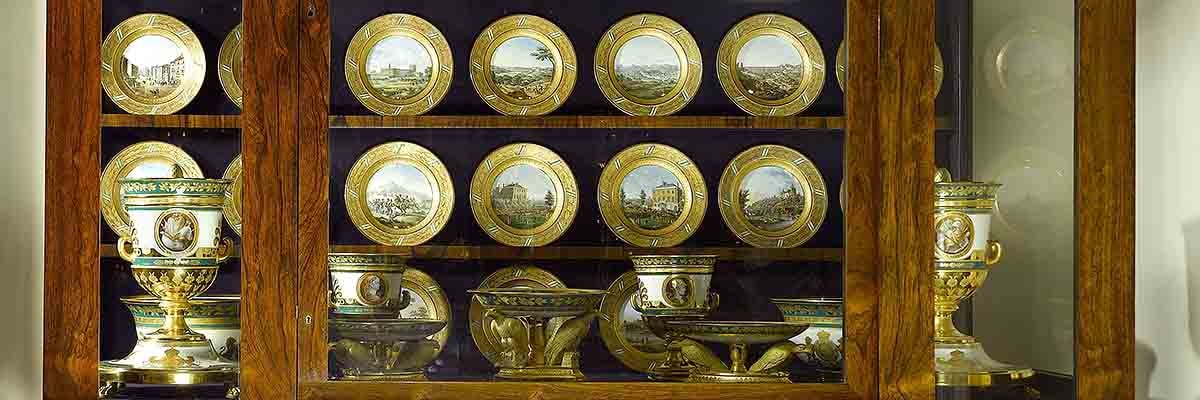Research on Apsley House
Apsley House is best known for its connection with the Duke of Wellington, whose life and military victories continues to attract considerable academic and popular attention. Research on the house itself has been far less extensive. This is partly because of restricted access to the private archive of Wellington papers at Stratfield Saye House, although some family papers have been sold to Southampton University and are housed in the Hartley Library.

ARCHITECTURAL HISTORY
The architectural history of Apsley House has not received thorough investigation in published form. Eileen Harris has written a number of books on Robert Adam, and an article on ‘Adam at No. 1 London,' [1] but the details of the building work and payments relating to Apsley House itself have not been published and no attribution exists for the contract builder or associated craftsmen.
The best source of information on the Adam building and interiors remains the 59 Adam drawings collected by Sir John Soane.[2] These include floor plans dated 1771, which a surviving ground floor survey plan of 1796 suggests are close to the house as built.[3]
Despite the alterations made by Benjamin Dean Wyatt, aspects of the Adam scheme survive within some of the rooms at Apsley House – especially the ceilings – but much of Adam’s house has been swept away and Adam’s furniture, detailed in Soane’s drawings, has almost all gone.
Wyatt’s Work
The situation relating to James Wyatt’s architectural involvement at Apsley House is even more speculative. Despite the letter of 1807 from Richard, Marquess Wellesley, relating to building work, no details survive of his interventions.
The works undertaken by his son, Benjamin Dean Wyatt, for Wellesley’s brother, Arthur, 1st Duke of Wellington, are better – though not comprehensively – documented. It seems likely, however, that a thorough consultation of the family’s private archive at Stratfield Saye would yield fuller information about the building history of the house.
Such research would also no doubt bring to light further details of the Wellesley family’s occupation up to the founding of the Wellington Museum and the signing of the Wellington Museum Act in 1947.
Apsley House as a Museum
The history of Apsley House as a museum under the direction first of the Victoria and Albert Museum and then from 2004 of English Heritage, can be followed in the published guidebooks and through consultation of the registered museum files in the respective institution’s archives.[4]
READ MORE ABOUT APSLEY HOUSE
Footnotes
1. E Harris, ‘Adam at No. 1 London’, Country Life, vol 159 (1 Nov 2001), 98–101.
2. Published in WL Spiers, Catalogue of the Drawings and Designs of Robert and James Adam in Sir John Soane’s Museum (Cambridge, 1979), 43–4.
3. The National Archives, MPD 1/62, Apsley House and stables, Piccadilly, survey and valuation signed by John Marquand and Thomas Leverton, 1796.
4. J Bryant, Apsley House (English Heritage guidebook, London, 2005); V&A Museum, National Art Library Catalogue (accessed 6 Nov 2014).
